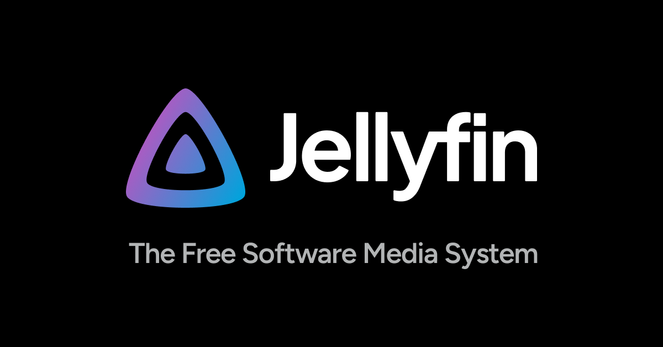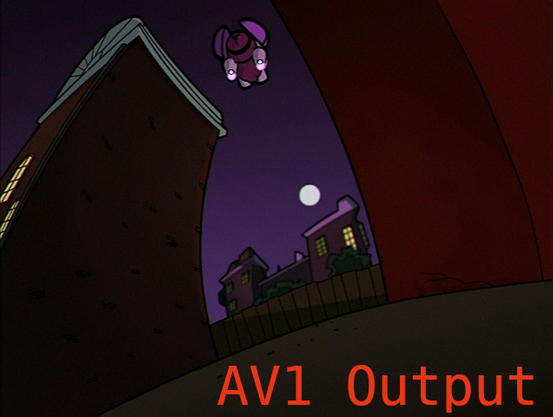7 Filme sind bereits in der Komprimier-Warteschlange drinnen.
7 Filme sind bereits in der Komprimier-Warteschlange drinnen.
Spaß mit forced subtitles nur für Text, NICHT für Ton.
Mal wieder mit Handbrake experimentieren...
https://danieldelaney.net/normal/ #techhorror #softwarestruggles #userexperience #socialmediafun #HackerNews #ngated
So while ripping a DVD set of "Invader Zim" I experimented a little and actually found that using #Handbrake to upsample it from 8 to 10 bit and adding some slight artificial film grain synthesis with #AV1 actually made the resulting file look slightly "better" than the source (in my opinion at least), which was kinda noisy in its own right and even had some compression artifacts here and there.
Hopefully the image compression on Mastodon doesn't eliminate the details I'm trying to highlight.
Can anyone recommend a GUI batch video converter for #Linux?
My current project is compressing old TV recordings from MPEG2 TS to more efficient codecs. I'm currently using #HandBrake, which I like except I don't think it has an option to convert every file in the same folder with the same settings. I can add them manually but I'd like to automate that.
The ideal tool comes with good defaults but the option to change settings where I want to.
Better hashtag suggestions also welcome. Thanks
Guten Morgen zusammen und einen schönen Sonntag wünsche ich. 😌
I ended up adding #handbrake to the #ubuntu side of my formerly only Windows 10 #asus laptop. I hadn't used handbrake in a few years, but it still gets the job done when it comes to ripping DVDs.
I tried out converting disc 1 of Season 2 of The Simpsons to #mp4 and plopping it on my #plex server. It came out great. In 4:3 as nature intended.
Non of that stretched image crap that Disney does, nor paying Disney to watch it. I have the first 8 seasons on DVD, why pay a shite company to stream what I already own and can stream myself? #linux #fuckdisney
https://handbrake.fr/
@AnhedoniaIsReal
What works for me is to transcode all to h.264 for the video, stereo AAC for the audio and converting HDR to SDR in an mp4 container.
That way there is no transcoding on the fly done on my 4GB rpi5.

Codec Support | Jellyfin
The goal is to Direct Play all media. This means the container, video, audio and subtitles are all compatible with the client. If the media is incompatible for any reason, Jellyfin will use FFmpeg to convert the media to a format that the client can process. Direct Stream will occur if the audio, container or subtitles happen to not be supported. If the video codec is unsupported, this will result in video transcoding. Subtitles can be tricky because they can cause Direct Stream (subtitles are remuxed) or video transcoding (burning in subtitles) to occur. This is the most intensive CPU component of transcoding. Decoding is less intensive than encoding.

 🚴 📷
🚴 📷


